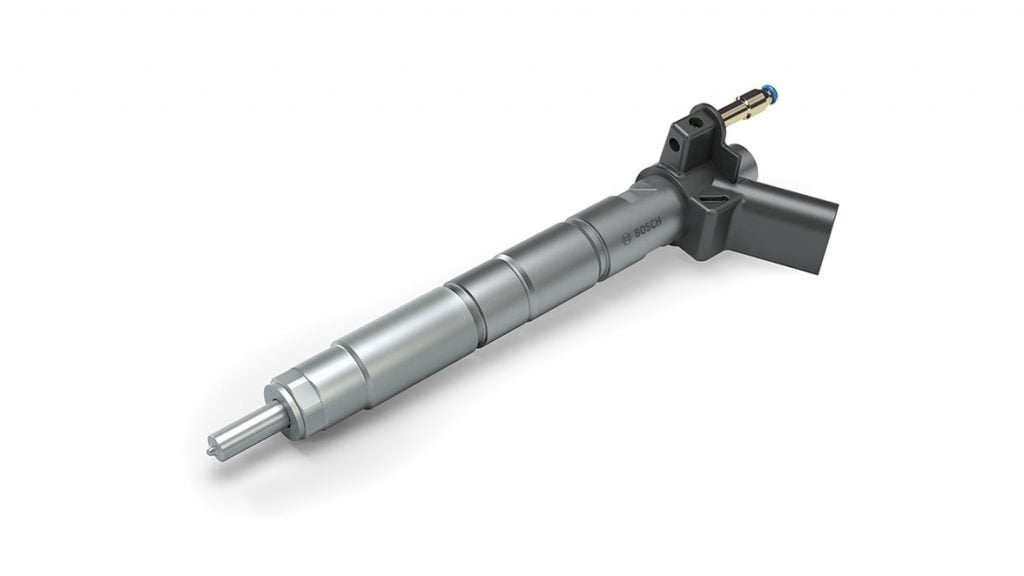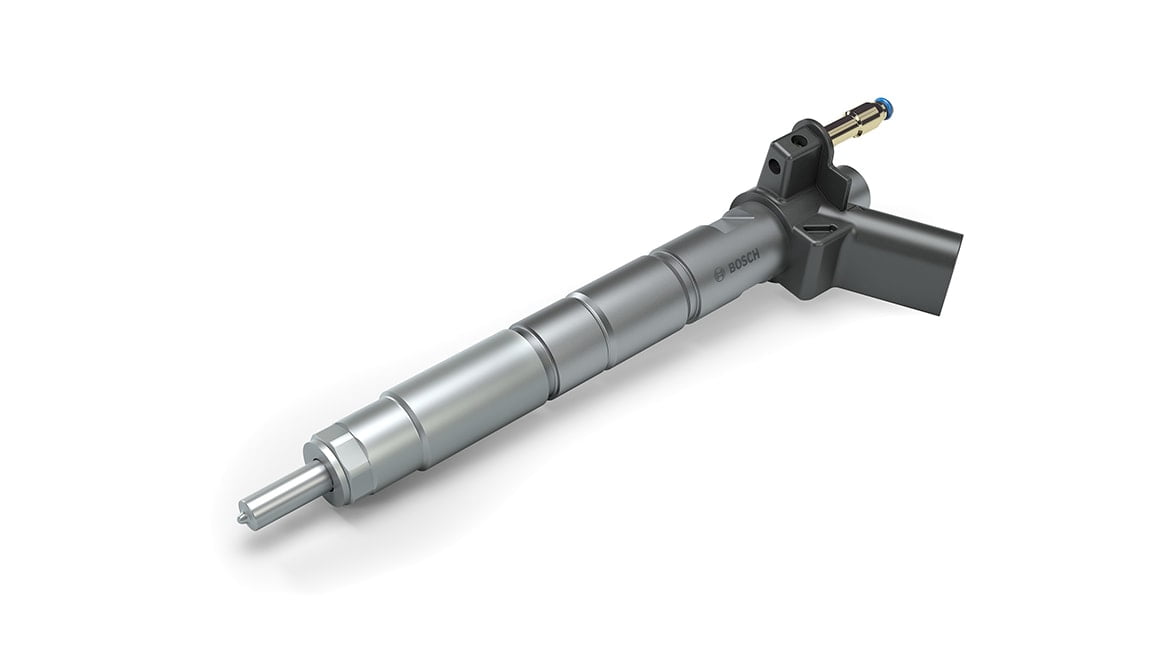In this edition of the automobile technology segment, we will discuss about combustion and all the details related to it. We all must have heard the terms combustion, spark plugs and fuel injectors. This post will help you understand the phenomenon of the combustion process in simple terms. So, without any further ado, let us dive into it.
Also read: What are engine mapping, tuning and calibration – Should you remap your car?
Combustion process – Four Stroke Operation
The internal combustion engines work with the help of the combustion process. What that essentially translates into, is the burning of air and fuel inside the cylinder of the engine. But how does this air-fuel mixture ignite? Why is it necessary?
The working of a four-stroke engine comprises of four steps: Intake, compression, expansion and exhaust. During the intake stroke, fresh air from outside enters the cylinder through intake valves. The intake valves are controlled by your accelerator/throttle pedal. Depending on how much throttle you give, the air enters the intake manifold and then to the cylinder during the intake stroke.
Also read: Types of turbo chargers – VGT, Twin Scroll, Twin Turbo, E-VGT, Sequential and more!
Intake and Compression Stroke
Once the required air is in the cylinder, fuel is sprayed into the cylinder with the help of fuel injectors. The fuel injectors are connected to the pressure rail where the fuel is stored at high pressure. High pressure plays a huge role because it allows finer particles of fuel when sprayed out of the injector inside the cylinder. Finer particles help in mixing with the air thoroughly and quickly and we achieve complete combustion. Almost all the aspects of a vehicle’s specifications depending on how clean and complete the combustion is. This includes efficiency, power, torque, emissions, fuel efficiency, acceleration, as well as, temperature and pressure levels inside the cylinder. In fact, the direct injection fuel systems are getting so popular because it allows great control on the amount of fuel that can be sprayed into the cylinder of the engine. This allows us to control the amount of power and torque produced by the engine as well as the amount of emissions produced by the engine. Hence, a balance has to be achieved between all these factors to optimize every aspect of the engine. This balance depends on the level of calibration done by every OEM. That is why some of the OEMs are renowned for powerful cars and some for fuel-efficient cars. But every carmaker has to adhere to the emission regulations of the government.
Also read: Type of clutches – Wet, dry, single-plate and multi-plate – Pros and Cons of each!

Expansion/Power and Exhaust Stroke
This fuel and air mixture is burnt using a spark plug. A spark plug is generally placed on top of every cylinder and ignites the air-fuel mixture. The compression stroke compresses the air-fuel mixture so that the air and fuel are thoroughly mixed and ready to ignite. The ignition causes controlled explosions inside the cylinder which makes the piston move downwards. This is known as the expansion stroke. This is also known as the power stroke and this is essentially what propels a car forward. During the exhaust stroke, the burnt gases and particles are pushed out of the cylinder through the exhaust manifold and go to the catalytic converters. The catalytic converter treats the exhaust gases to minimize the actual harmful gases coming out of the car and causing pollution. This is how a four-stroke cycle works.
Also read: What is gasoline direct injection technology and its relevance in modern cars!
Spark Plugs
The uses of spark plugs are essential in petrol engines. Because petrol, as a fuel, is not readily combustible, an external source of energy is needed to ignite the air-fuel mixture. The spark plug consists of an electrode spark, which is generated by a high voltage current for microseconds and the spark is produced. These spark plugs are located inside the cylinder and are exposed to high temperatures and pressures. That makes them decay over a period of time. That is why some spark plugs are covered at the surface with materials like copper, platinum and iridium. Depending on the vehicle, all these can be used. Copper spark plugs are very common and inexpensive and the iridium and platinum spark plugs are expensive and therefore, used in luxury/performance vehicles.
Also read: Battle of transmission – Manual vs AMT vs CVT vs DCT vs Torque Converter vs iMT!
Fuel Injectors
Mechanical Fuel injectors
The way fuel injectors work is very different in different scenarios. Regular solenoid-based fuel injectors are best placed outside the cylinder of the engine and are generally used in port fuel injection engines. These injectors are not exposed to the direct heat and pressure of the engine and not a lot of pressure is needed to store the fuel. This is because these are placed at the intake manifold, where fuel is sprayed and it has enough time to enter the cylinder and get mixed with the air. These are relatively simple fuel injectors and are widely used in all budget cars around the world. These are also referred to as mechanical fuel injectors because the mechanical processes allow the spray of fuel into the cylinder.
Piezo-electric Fuel Injectors
Modern cars include direct injection techniques and hence, the fuel injectors are placed inside (on top) the cylinder. These are Piezo-electric injectors that have better control on the spray timings and amount of fuel to be sprayed. There is a rail on top of the fuel injectors where fuel is stored at high pressures. This allows smaller spray particles that can be readily mixed with the air without requiring too much time. These Piezo-electric injectors are capable of transmitting fuel at as high pressures as 2700 bar. The finer the particles and depending on the type of needle of the injectors, various forms of sprays can be generated which will allow for quicker and more thorough mixing of the fuel with air. Depending on the fuel requirement, an electric current pulse is generated which makes the needle to open up and spray fuel. This is done because of the Piezo-electric properties of the metal used for the injection of fuel.
Also read: Types of suspension systems: MacPherson Strut, Double Wishbone and Leaf Spring!
What we can conclude from this post is that there are a ton of processes related to the combustion of air and fuel in the cylinder of an engine. Depending on the efficiency of combustion, all the other parameters of the engine are produced. Because all these require a ton of precision and control, all these functions are controlled by the Engine Control Unit (ECU) of the cars. Taking inputs through the sensors and demands from the driver, it sends out signals to ensure the necessary changes that are needed to deliver great performance, fuel economy, while maintaining the emissions during all times of the operation. That is why the electronic components of the vehicles are getting increased day by day in all modern cars. The room for error and the precision requires can only be controlled electronically.
Image Source: Bosch


